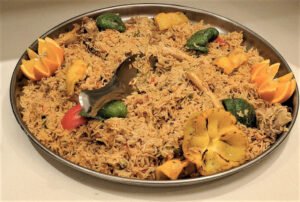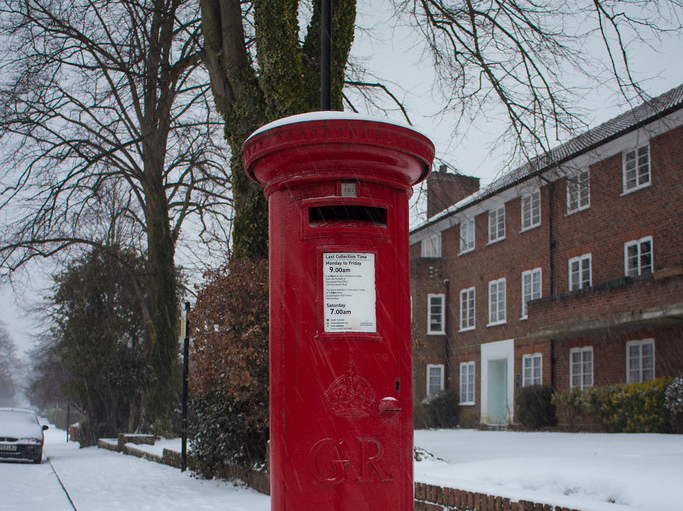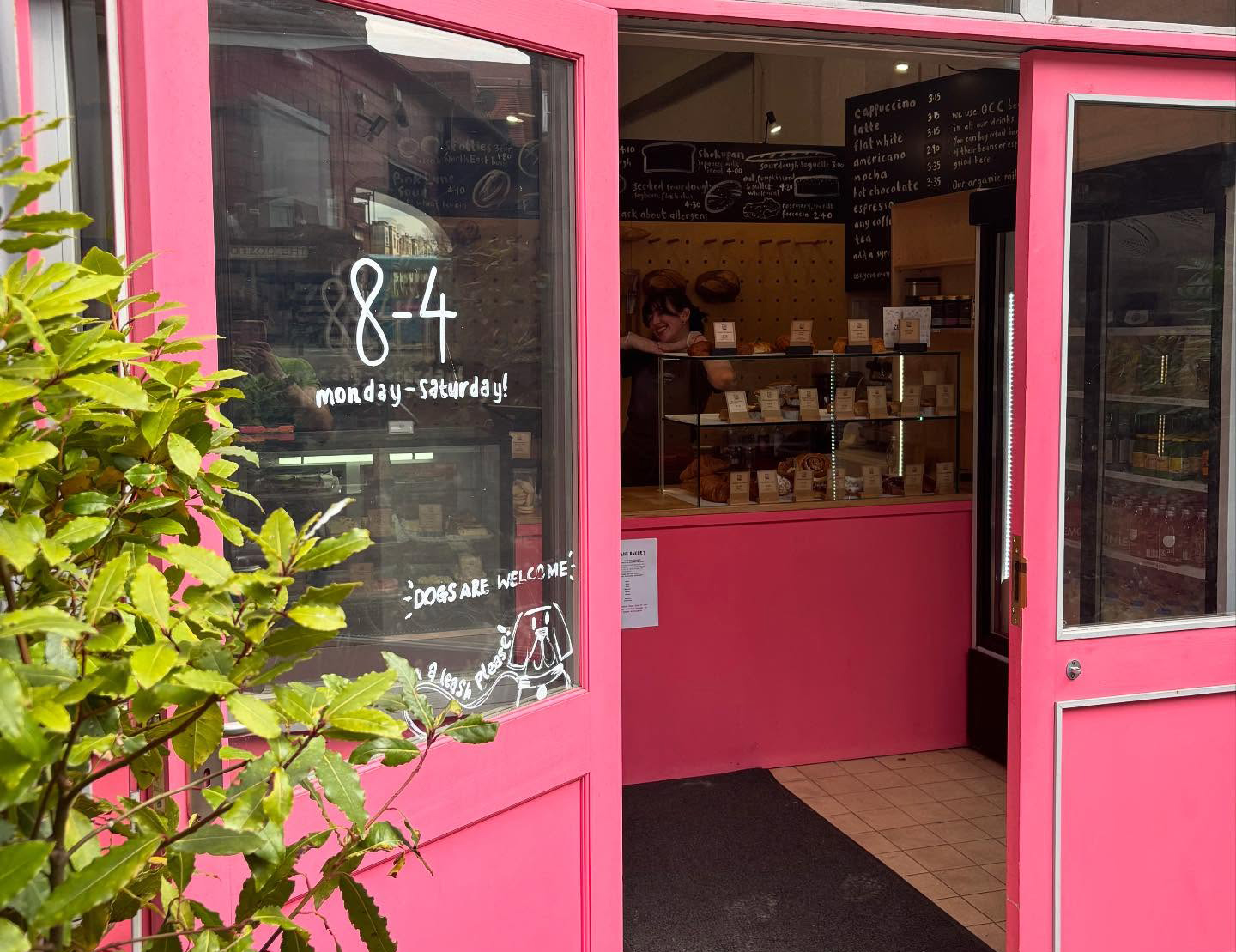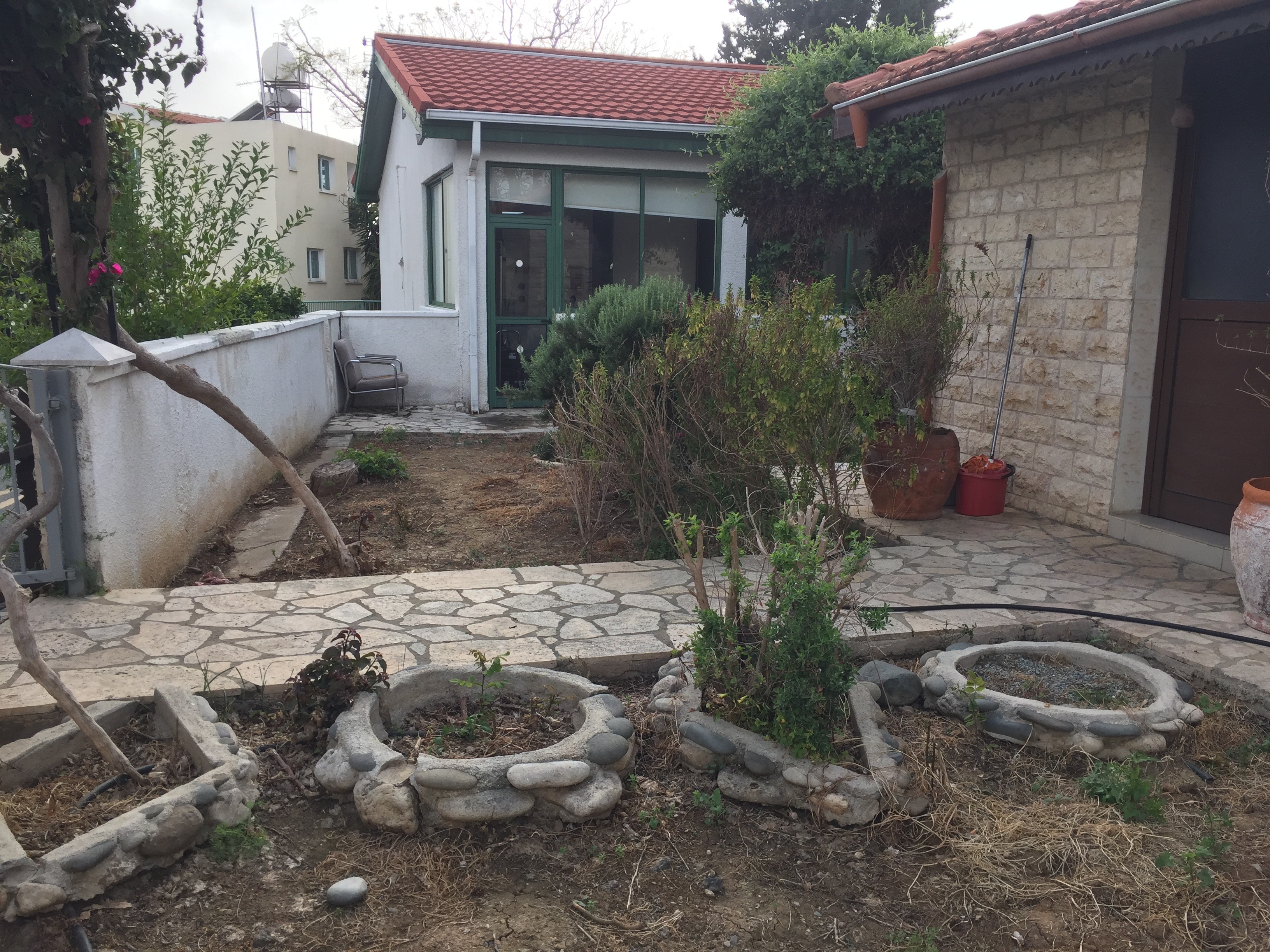The country’s emblem is the date palm, which stands for vitality and growth, with two crossed swords symbolising justice and strength rooted in faith. Religion dictates much of life in this huge and underpopulated country.
The nation has one of the highest rates of diabetes type II in the world thanks to the locals’ enjoyment of sugary sweets, such as ma’amoul (a date- and nut-filled biscuit), kunafa (a white cheese dessert topped with semolina and soaked in rose syrup) and basbousa (another semolina-based sweet, drenched in curds, and sprinkled in coconut).

Like kabsa, saleed is also a communal dish, served on a platter and eaten by hand. Originating in the west of the country, it consists of creamy, porridge-like short-grain rice and roasted meat. Melted ghee or butter is drizzled over the top, and the whole is often served with salata hara (a spicy, salsa-like condiment), duggus (a chili tomato-parsley sauce), or a tomato and cucumber salad.
The shwarma is another favourite, and a popular street food. This slow-cooked meat dish is marinated in salt, lemon, paprika and cumin, along with any number of other exotic spices, before being spit-roasted and packed into khubz (a flat, pita-like bread) along with yogurt, onion, tomato, lettuce, and spicy pepper.
Slightly less substantial though no less tasty, is harees, a mix of coarse ground wheat and water, butter, and meat, and a staple during Ramadan. Then there’s the traditional gursan, made with paper thin sheets of bread and vegetable broth; hininy, which consists of dates, butter and brown bread flavoured with saffron and cardamom; and tharid, a spicy lamb stew thickened with barley bread. And of course, one mustn’t forget the date: right there in the nation’s emblem, it’s gastronomically ubiquitous; the iconic symbol of Arabian hospitality and an essential part of life in the Kingdom.







Click here to change your cookie preferences